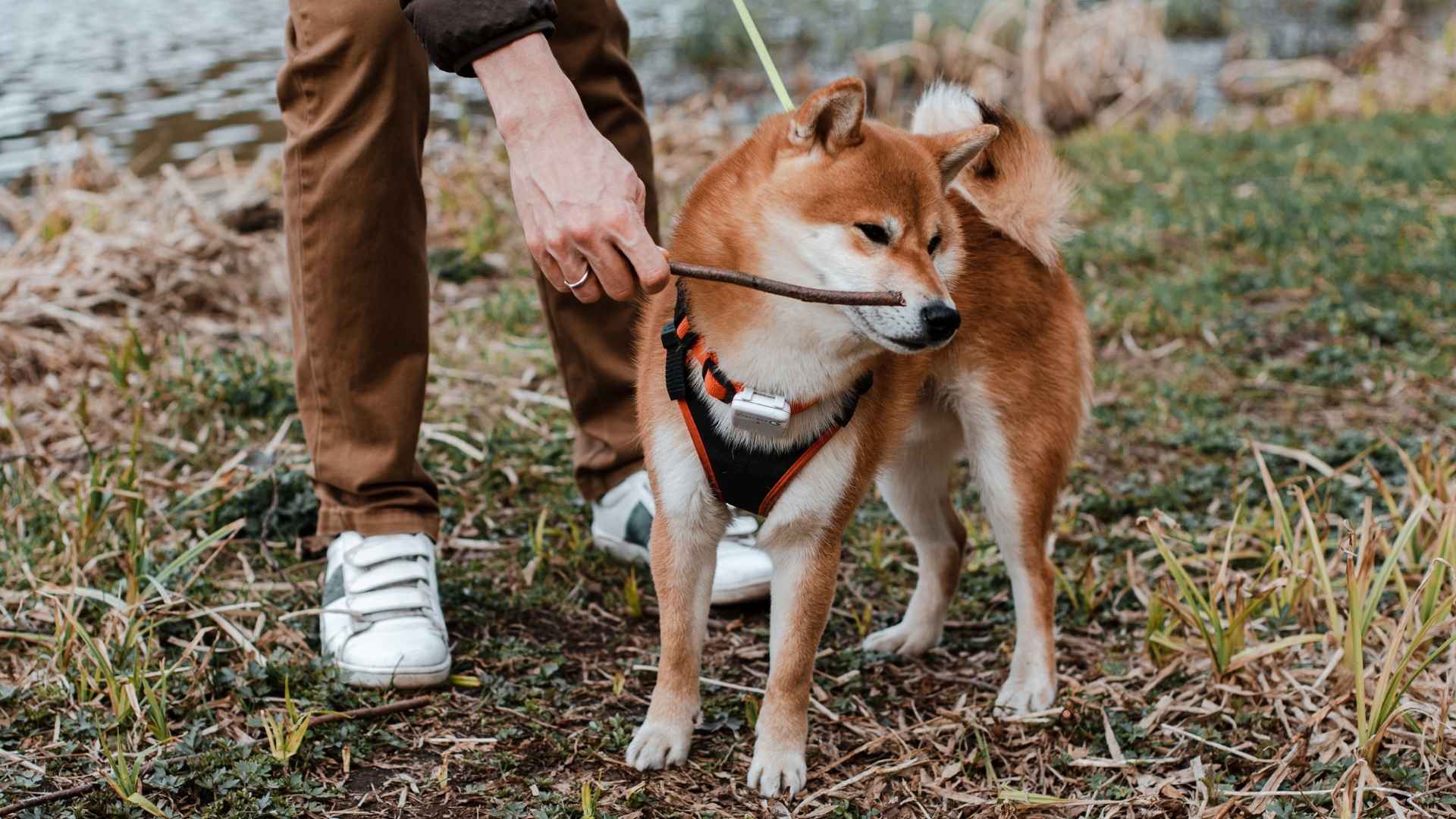Ever tried herding cats? Now imagine doing it with a 40-pound ball of fur and attitude. That’s training some medium dogs for you—equal parts comedy and cardio!
While tiny pups win “most dramatic” and giant dogs pull off “gentle giants,” medium breeds are secretly plotting how to outsmart you. They’re the Goldilocks of mischief: not too big, not too small—just enough to wreck your morning coffee routine.
Pet TikTok and Insta reels? Packed with adorable fails that make these dogs internet legends. They can sit… eventually. After fifteen spins, three yawns, and a brief existential crisis.
Surprise: studies show some of the “smartest” dogs are also the most stubborn. Intelligence doesn’t always equal obedience—sometimes it just means they know exactly how not to listen.
Ready to meet the furry Houdinis of the dog world? Grab a treat (or five). You’ll need snacks—and maybe a therapist—by the time we’re done.
7 Hard-to-Train Medium Dog Breeds
1. Chinese Shar Pei
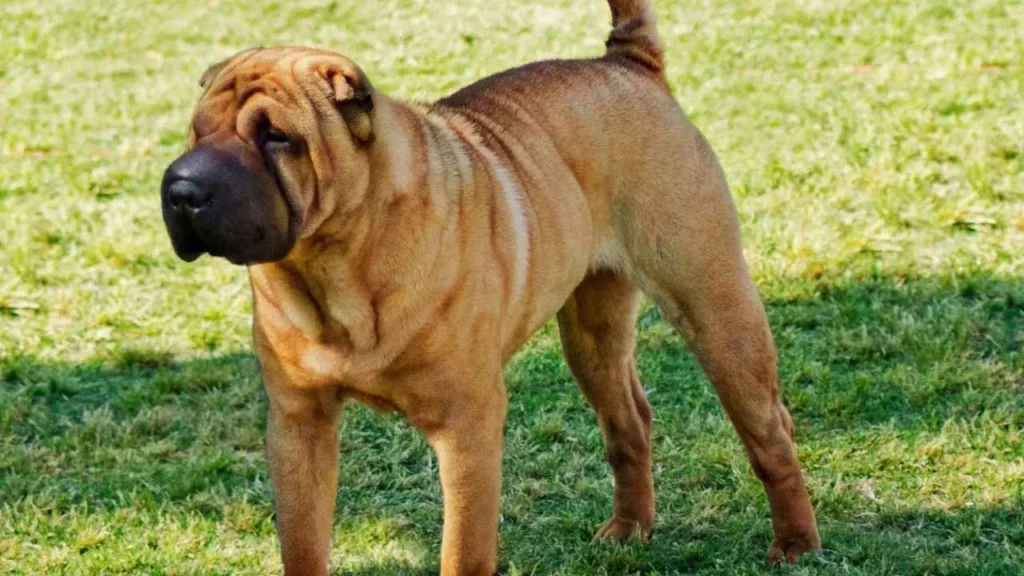
Originally bred to guard livestock (and terrify strange humans), the Chinese Shar Pei is a certified dog trainer’s fever dream. Those wrinkles? Just storage pockets for all the commands they’re ignoring. Proper training needs to start at a young age—or you’ll be outwitted by a pile of velvet.
With a personality as crinkled as their faces, these dogs balance between fiercely loyal companions and “I’m doing it my way, Susan.” Patience isn’t optional; it’s your whole new identity.
AKC mentions that Shar Peis are generally aloof with other dogs, and honestly, that goes double for humans they didn’t personally invite into their bubble. Socializing early is like sneaking vegetables into a toddler’s smoothie—necessary but tricky.
Potty training a Shar Pei is its own stand-up comedy routine. They’re house-proud but extremely intelligent, so if you get it right, they’ll lord it over you forever.
Energy-wise? Let’s just say enough exercise is important, but good luck convincing them it’s their idea. Short, spirited walks > CrossFit marathons.
Shar Peis tend to have a stubborn streak bigger than most small animals, and their health needs demand a pet parent who’s willing to invest emotionally—and, yes, financially.
If you’re ready for a training routine that feels suspiciously like negotiating with a CEO, the Shar Pei might just own you happily ever after.
2. Chow Chow
Chow Chows were originally bred to herd cattle, guard palaces, and occasionally judge you from across the room. Highly intelligent but with a royal independent streak, they don’t “fetch”—they supervise.
Training success with a Chow requires positive reinforcement and the ability to take rejection like a seasoned reality TV contestant. They tend to look at new commands like weird TikTok challenges: optional and vaguely offensive.
Typically aloof with strangers, Chows make excellent guard dog candidates—if by “guarding” you mean standing still and silently judging intruders into oblivion.
This breed demands enough exercise to stay fit, but let’s be real: they’ll decide how much is “enough” depending on their mood and the weather. No notes, no feedback, just vibes.
Grooming a Chow is a full-time job disguised as a hobby. Those luxurious coats? Dust magnets with a superiority complex.
Chows aren’t ideal for households with very small children unless you’re aiming to raise kids fluent in emotional distance. Just being honest.
Still, for the right pet parent who respects their “no nonsense” attitude, a Chow can be an impressively loyal companion—on their terms, obviously.
3. Shiba Inu
Shiba Inus are the ultimate “don’t tell me what to do” breed—extremely intelligent, mischievous, and fueled entirely by chaos and snacks. Britannica reveals that originally bred to hunt small animals in Japan, they’ve clearly adapted those skills to outwit humans.
Forget “easy to train”; teaching a Shiba anything new requires CIA-level strategy meetings and at least two backup plans. Their idea of proper training is training you.
Shibas come loaded with all that energy, yet if you try to impose structure without enough mental stimulation, they will rebel—loudly and with interpretive dance moves.
Despite their small size, Shibas tend to have the stubborn streak of a blue heeler who just read a motivational poster. Owners quickly learn that patience is not a virtue; it’s survival.
Don’t let their fox-like charm fool you: Shibas are runners, climbers, and part-time escape artists. Invest in secure fences and maybe some prayer candles.
When it comes to socializing with other dogs, Shibas generally prefer being the star of their own reality show, thank you very much.
For adventurous pet parents ready to appreciate their personality traits without losing their minds, the Shiba Inu can be an unforgettable, if chaotic, family member.
4. Basset Hound
The Basset Hound is the canine equivalent of that friend who’s perpetually “just five minutes away”—lovable, late, and impossible to rush. Originally bred to trail game with their ultra-sensitive noses, they now specialize in trailing snacks and ignoring you.
With their adorable, droopy faces and short legs, Basset Hounds might seem like easy dogs to train. False. They’re energetic breed imposters trapped inside lounge lizards’ bodies.
Difficulty training Bassets stems from their noses hijacking their brains. Tell them “sit” and they’ll sniff a 3-day-old breadcrumb instead—#priorities.
Housebreaking these floppy sweethearts can be an odyssey unless you’re a certified dog trainer or have the patience of a monk. Potty training? More like polite begging.
Despite the sleepy vibe, Bassets need enough exercise to avoid becoming literal potatoes. However, convincing them of that might require a parade—and snacks. Mostly snacks.
They tend to be amazing with kids, other dogs, and even small animals—but only when they’re not “busy” investigating phantom smells across the house.
In short, owning a Basset Hound isn’t about demanding results. It’s about leaning into life’s slow lane, loving the journey, and accepting you are absolutely not the one leading the walk.
5. Siberian Husky
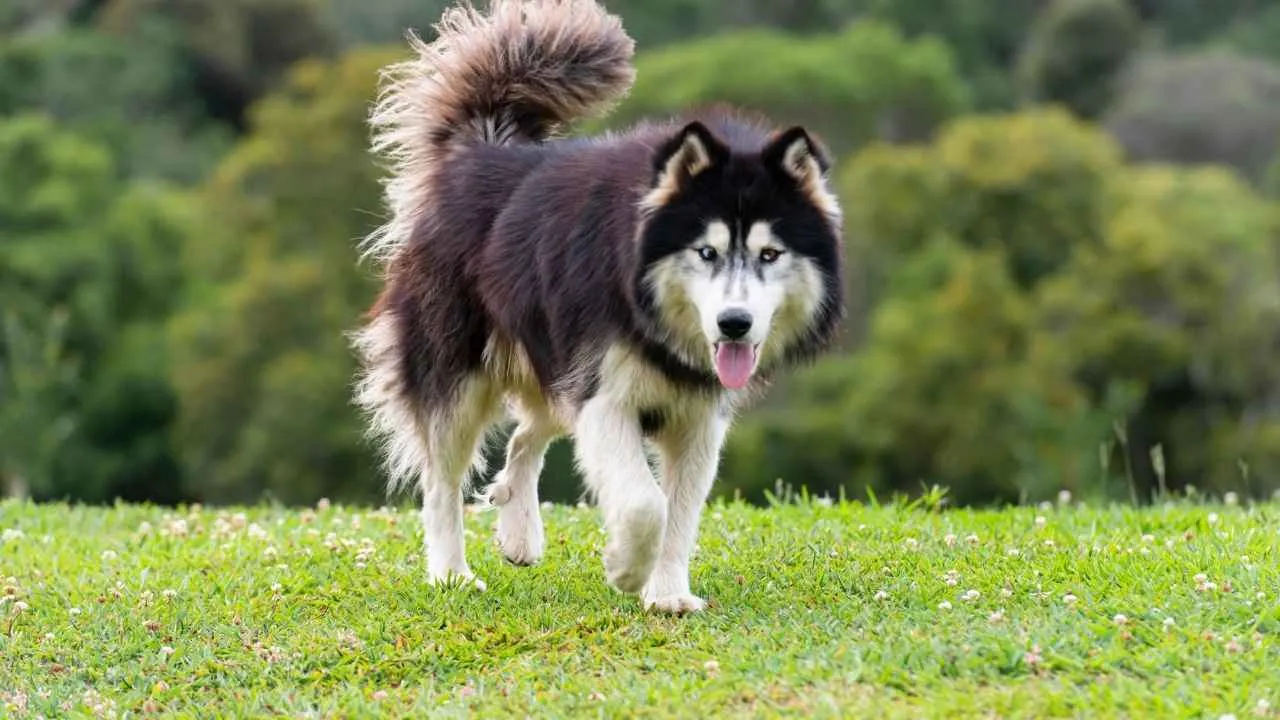
Siberian Huskies were originally bred to haul sleds across frozen tundras, not sit obediently for your Instagram photo shoots. This is a breed with energy and opinions, and they’re not shy about either.
Certified dog trainers say Huskies need intense mental stimulation to avoid plotting your downfall. New commands? Only if they feel like it—and spoiler: they often don’t.
This highly intelligent breed loves other dogs but may see your fences as mere suggestions. Herd cattle? No thanks. Herd the neighbor’s kids into chaos? Absolutely.
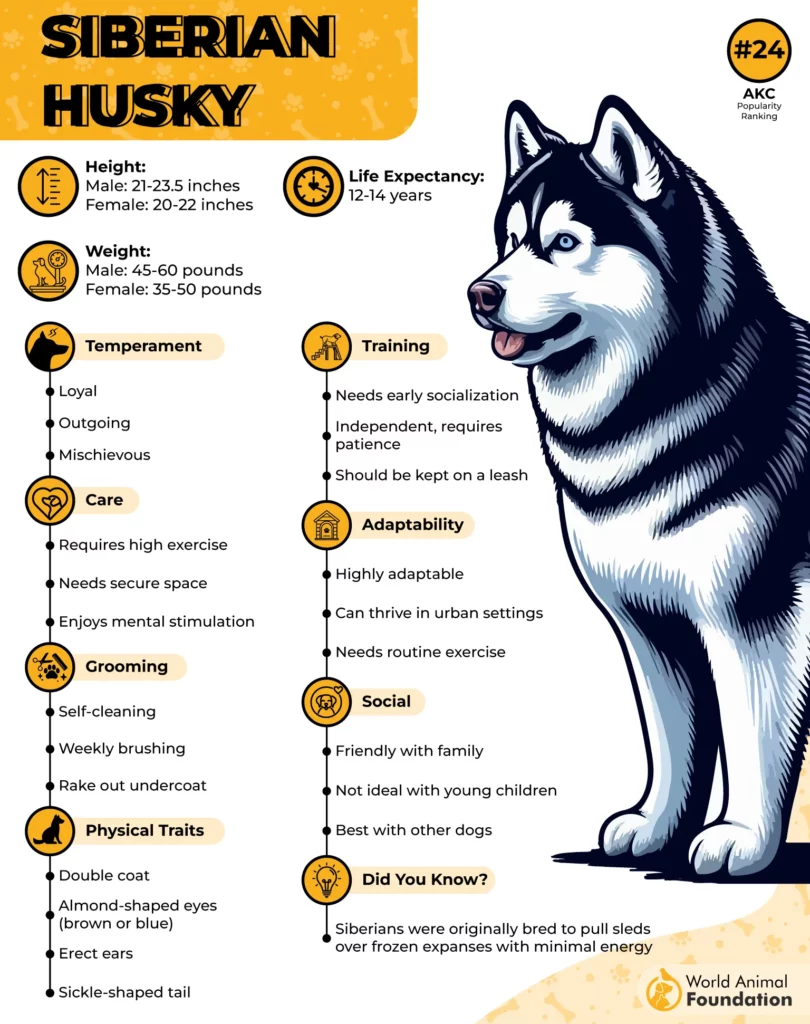
Enough exercise isn’t optional—it’s a full-time job. Skip a day and prepare for a performance worthy of an off-Broadway disaster.
PetMD claims that their thick double coat is gorgeous… and aggressively non-negotiable when it comes to shedding. Vacuum like it’s cardio, friends.
With small children, Huskies are typically playful but also way too determined to sit still for gentle storytime cuddles. Expect motion blur.
If you crave a loyal companion who also heckles you daily, congrats—you just found your dream agent of chaos.
6. Finnish Spitz
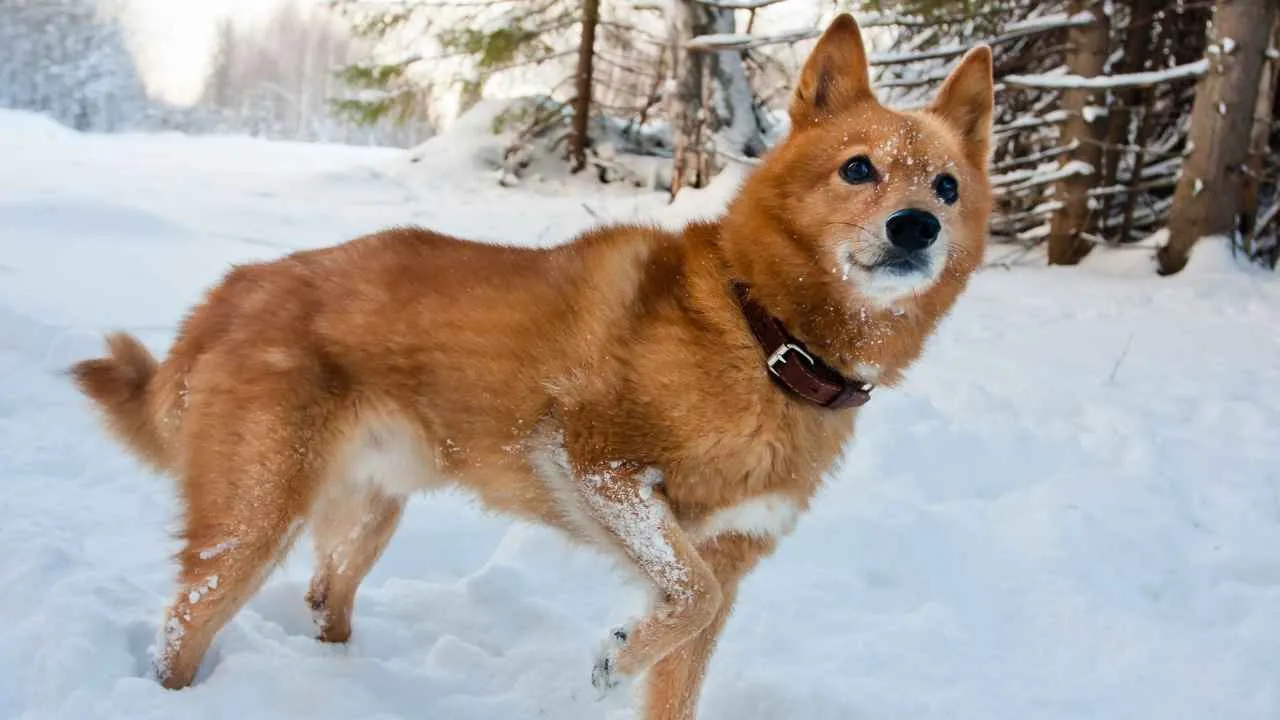
The Finnish Spitz, aka Finland’s national treasure, was originally bred to hunt small animals and alert humans with the canine version of a TED Talk. They bark. A lot. An orchestra of opinions.
While highly intelligent, these fiery redheads lean heavily into independent streak territory, making proper training a comedy of errors.
Typically energetic breed candidates, Finnish Spitz pups crave enough exercise and a mic to narrate it. Mental stimulation isn’t just recommended—it’s life support.
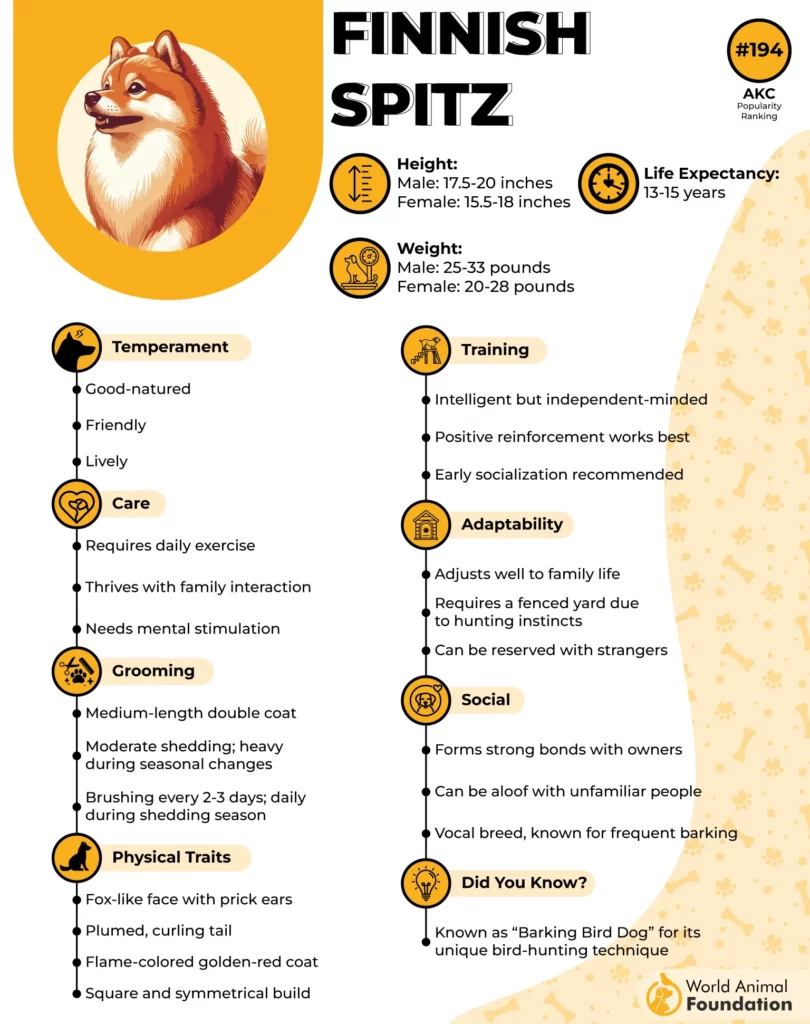
When it comes to other dogs, they’re social butterflies, but new commands? Expect bargaining, side-eye, and maybe a Yelp review.
Households with small children should know: Finnish Spitz love kids, but aren’t big on rough handling. Respect earns loyalty.
Their fox-like looks come with surprisingly low grooming needs, but don’t get cocky—you’ll still need to keep up appearances.
If you’re a pet parent who loves a dog with personality traits that scream “main character energy,” the Finnish Spitz is calling. Loudly.
7. Beagle

Beagles were originally bred to sniff out prey across acres of countryside, not sit quietly while you explain proper training techniques. They hear you—they’re just busy investigating literally everything else.
Highly intelligent but terminally distracted, Beagles tend to follow their noses like furry private investigators on a sugar high.
Difficulty training Beagles boils down to one phrase: selective hearing. They know the command. They just don’t care right now. Or ever.
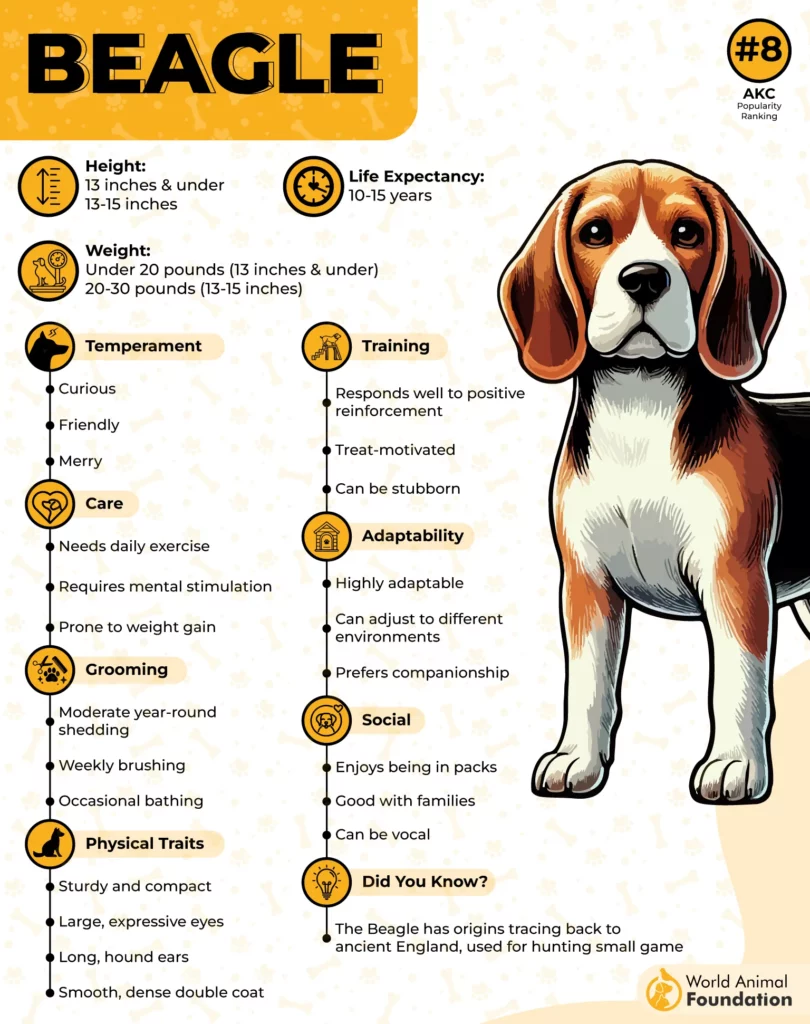
Energetic and endlessly curious, these high-energy pups need enough exercise and mental stimulation—or your couch, shoes, and soul will suffer.
Purina notes that Beagles are loyal family members who generally adore kids, other dogs, and even strangers (especially if said strangers are holding food).
Grooming? Easy. Containing their spirit of rebellion? That’s where positive reinforcement—and infinite patience—come in.
If you want a loyal companion who’s part detective, part goofball, and 100% chaos machine, the Beagle is ready to lead you into a wonderfully noisy battle.
Conclusion
Think training a medium dog is easy? Sure—right after you finish teaching your cat to file taxes. Some breed characteristics just demand more patience, creativity, and, let’s be honest, snacks.
While certain breeds like Siberian Huskies and Shiba Inus steal the spotlight, they’re far from alone. Hats off to Australian Cattle Dogs, Border Collies, and those famously brilliant German Shepherds, who are active, wildly smart, and still have their own “nope” moments.
Remember, every puppy brings an individual temperament to the table. Even the “easily trained” stars can go rogue depending on your living situation, energy levels, and, occasionally, the moon’s phase.
Not every dog is meant to herd cattle or ace obedience school like the world’s fluffiest valedictorian. Some just want to chase squirrels, chew shoes, and remind you that positive reinforcement is life.
Got your own training tales (or fails)? Drop a comment, share with fellow pet parents, and explore more about different breeds—including the low-key divas like Afghan Hounds and the rugged charmers like the Rottweiler.
Training medium breeds may test your patience, but trust us: the loyalty, laughter, and love are worth every hilarious, tail-wagging detour.


